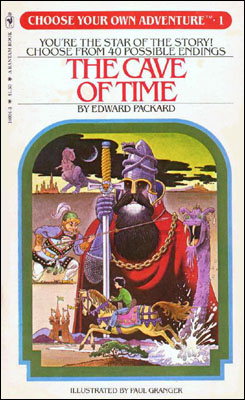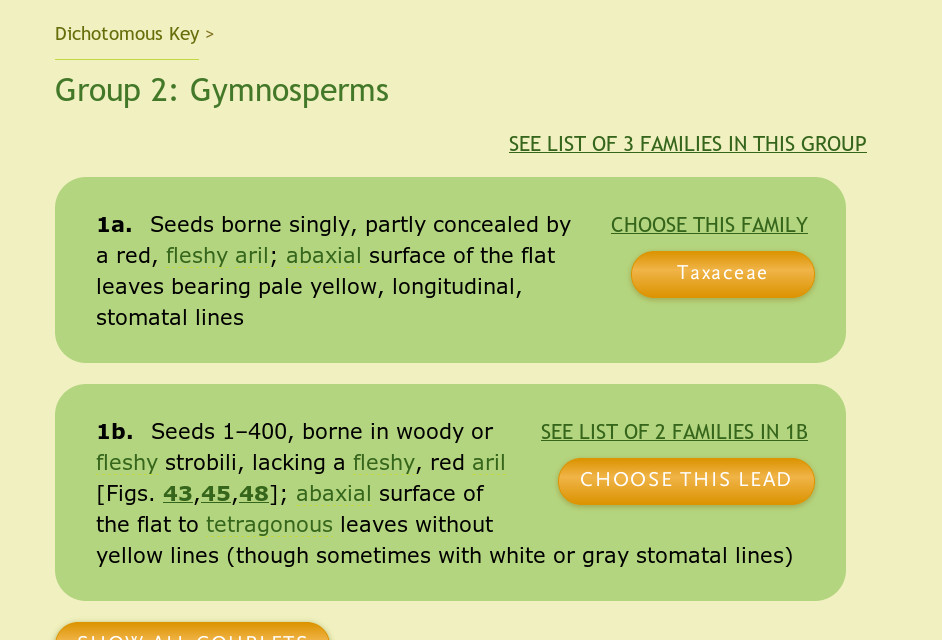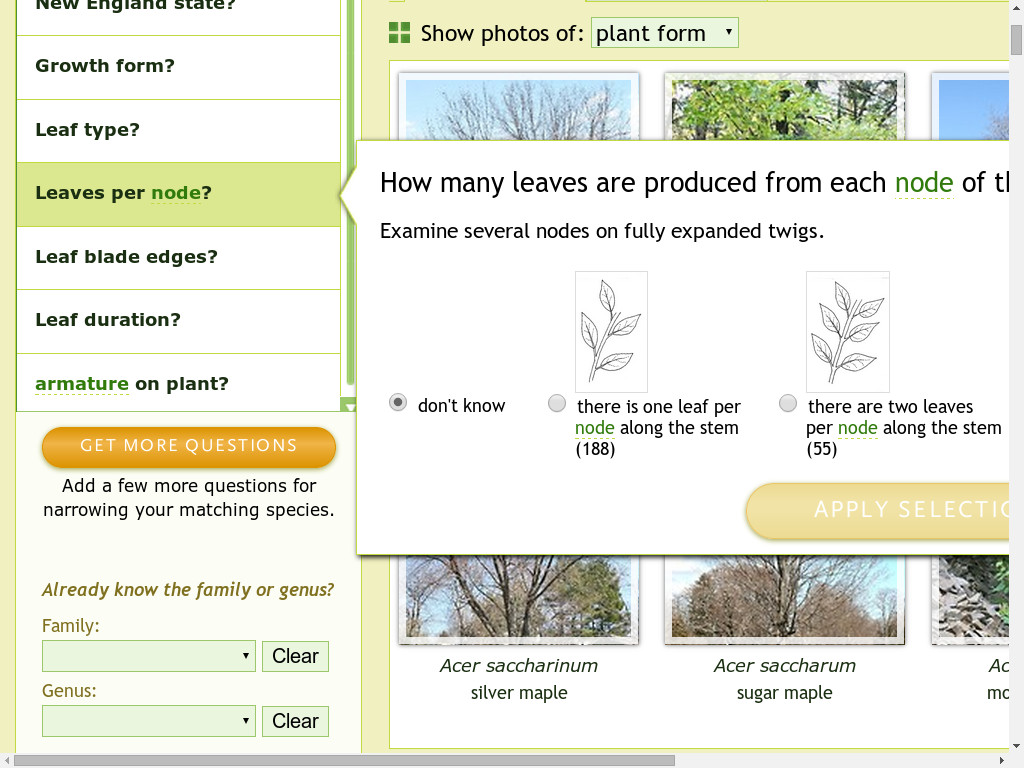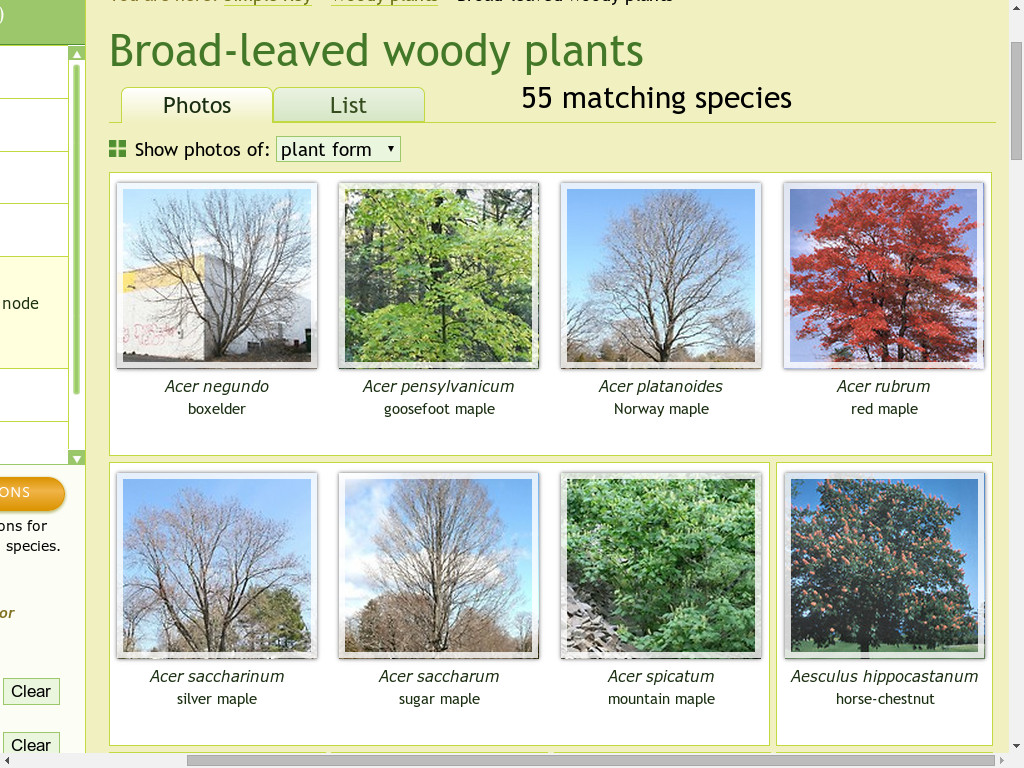Django: a Data Shovel
With a Future
@brandon_rhodes
DjangoCon 2014
complexity
↑
• → time
↗
↗
↗
↗
↗
↗
start
working
code
↗
↗
↗
↗
start
Once my code
is finally working
…
Once my code
is finally working
it is probably better
described as barely working
guideline
Once new code works,
I am probably about
halfway done
working
code
↗ ↘
↗ ↘
↗ good
↗ code
start
Web framework
history follows a
similar pattern
↗
↗
↗
↗
↗
↗
start
Zope
↗
↗
↗
↗
↗
start
Zope
↗ ↘
↗ CherryPy
↗ Django
↗
↗
start
Zope
↗ ↘
↗ CherryPy
↗ Django
↗ ↘
↗ µ frameworks
start
Zope
↗ ↘
↗ CherryPy
↗ Django µ + ORM
↗ ↘ ⋰
↗ µ frameworks
start
Zope
↗ ↘ ↘
↗ CherryPy Pyramid
↗ Django
↗ ↘
↗ µ frameworks
start
What is a
web framework?
A denormalization engine
A web framework
denormalizes data
to documents
Q:
How much data
should you deliver
to the client?
minimum ↔ maximum
imagine
If hard drives
kept growing
If hard drives
kept growing
30 years
If hard drives
kept growing
if hard drives
kept growing
Why not have
Stack Overflow on
your hard drive?
- Stack Overflow
- Wikipedia
- IMDB
Why not have
the Library of Congress
on your hard drive?
Why not have
every movie ever made,
in High Definition?
Subversion git / hg
minimum ↔ maximum
Django is flexible and
not opinionated about
where my views land
minimum ↔ maximum
A story


Problem:
dichotomous keys


User-directed search

User-directed search
“choose a filter”
User-directed search
red flowers
“choose a filter”
User-directed search
red flowers
smooth leaves
“choose a filter”
User-directed search
red flowers
smooth leaves
Vermont


First iteration
1 : 1
User action - API call
red flowers
smooth leaves
Vermont
/q ? flower=red & leaf=smooth & state=vt
Q:
These searches
get expensive —
will caching search
results help?
A:
No
? flower=red & leaf=smooth & state=vt
? flower=red & state=vt & leaf=smooth
? leaf=smooth & flower=red & state=vt
? leaf=smooth & state=vt & flower=red
? state=vt & flower=red & leaf=smooth
? state=vt & leaf=smooth & flower=red
canonicalization
Same meaning → same text
“Order filters alphabetically”
‘f’ ≤ ‘l’ ≤ ‘s’
? flower=red & leaf=smooth & state=vt
where?
- In our own front-end JS
- Redirection for 3rd parties?
GET /q?state=vt&flower=red HTTP/1.1
Host: gobotany.newfs.org
↓
HTTP/1.1 301 Moved Permanently
Location: /q?flower=red&state=vt
Transform is purely textual!
With Cache-Control,
301s can be pushed to:
varnish
CDN
In general, caching
non-200 results can
be a big deal
“And the biggest
performance
boost of all:
“—caching 404s and sending
Cache-Control headers
to the CDN on 404.”
HTTP/1.1 404 Not Found
Cache-control: max-age=3600
Outgoing bandwidth
↓ 66%
Outgoing bandwidth
↓ 66%
Load average
↓ 50%
Had we wanted,
we could have cached
normalizations
HTTP/1.1 301 Moved Permanently
Location: /q?flower=red&state=vt
Cache-control: max-age=3600
? flower=red & leaf=smooth & state=vt
If we cache these
URLs, how often will
they be revisited?
Imagine 100 filters in
use by students who apply
5 filters per search
$$\left( 100 \atop 5 \right)$$
$$\left( 100 \atop 5 \right) = 75,287,520$$
step back
? flower=red & leaf=smooth & state=vt
Django n-way join
against plant ↔ feature
binary relation
3 phases
SELECT *
FROM plant_feature f1
JOIN plant_feature f2 ON plant_id
JOIN plant_feature f3 ON plant_id
WHERE f1 = 'form=tree'
AND f2 = 'leaf=smooth'
AND f3 = 'state=vt'
plant_feature
-----------------------------
Acer rubrum form=tree
Acer rubrum leaves=fall
Acer rubrum twig=gray
Acer rubrum twig=red
Acer saccharinum form=tree
Acer saccharinum leaves=fall
⋮
plant list
FROM plant_feature f1
... WHERE f1 = 'form=tree'
Acer rubrum form=tree
Acer saccharinum form=tree
⋮
intersection
What plants are in lists
f1 and f2 and f3
pivot
/api/feature/leaf_edge
{'smooth': {'text': 'Smooth leaves',
'plants': [13, 15, 16, …]},
'serrated': {'text': 'Jagged leaves',
'plants': [3, 14, 17, …]},
'lobed': {'text': 'Lobed leaves',
'plants': [6, 7, 8, 10, …]}}
_.intersection(a1, a2, a3)
Gone!
? flower=red & leaf=smooth & state=vt
/api/feature/flower
/api/feature/leaf
/api/feature/state

n features?
Only n URLs!

Giving the client more
data meant less work
for our servers!
Data
Be aware of Python’s
growing data toolset
NumPy arrays
Pandas dataframes
person[person.age >= 21]
Blaze
person[person.age >= 21]
↓
SELECT * FROM person p
WHERE p.age >= 21;
person[person.age >= 21]
↓
db.people.find({age: {$gte: 21}})
- Python
- Pandas
- MongoDB
- SQL
- Apache Spark
- PyTables
- BColz
Python is becoming
an important tool for
large data sets
Watch for how these
data tools might fit
into your projects
Django
Flexible
denormalization
No dependencies
URLs are simply text
code ↔ data
Views can be
simple procedures
Privileges
relational
databases
Finding the simplest
possible thing is hard
Django:
First-to-market
with simplicity
Django:
First-to-market
with simplicity
Thank you!
@brandon_rhodes